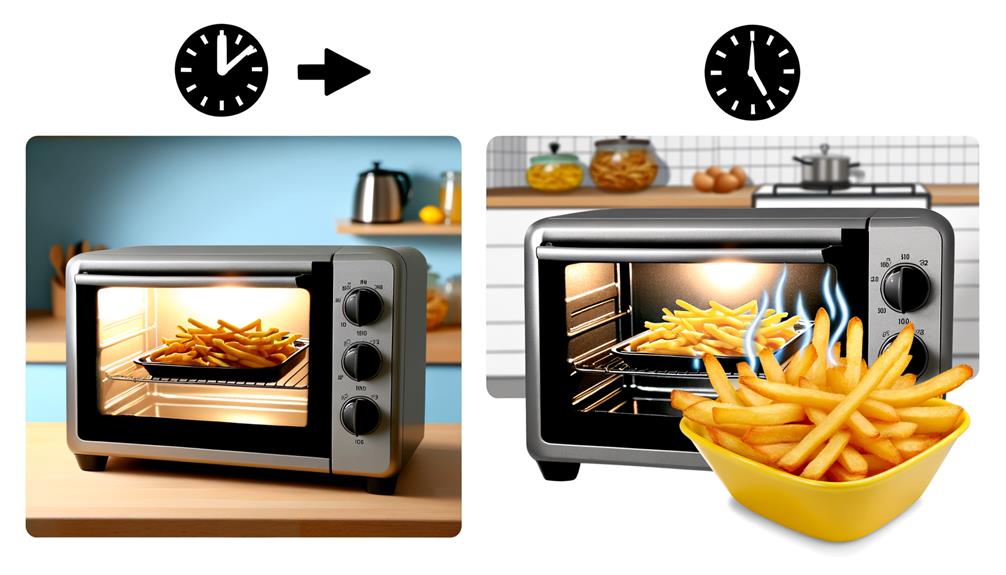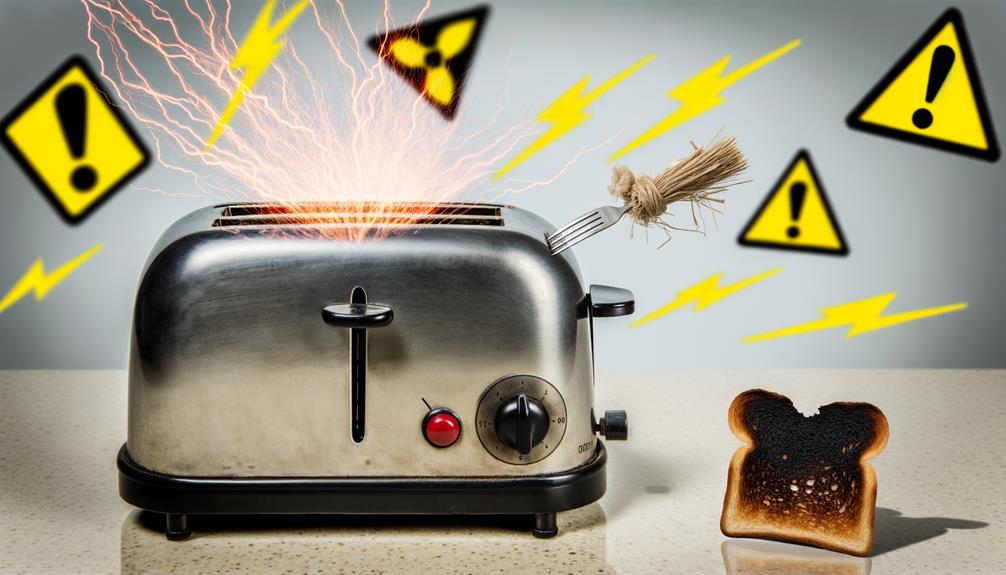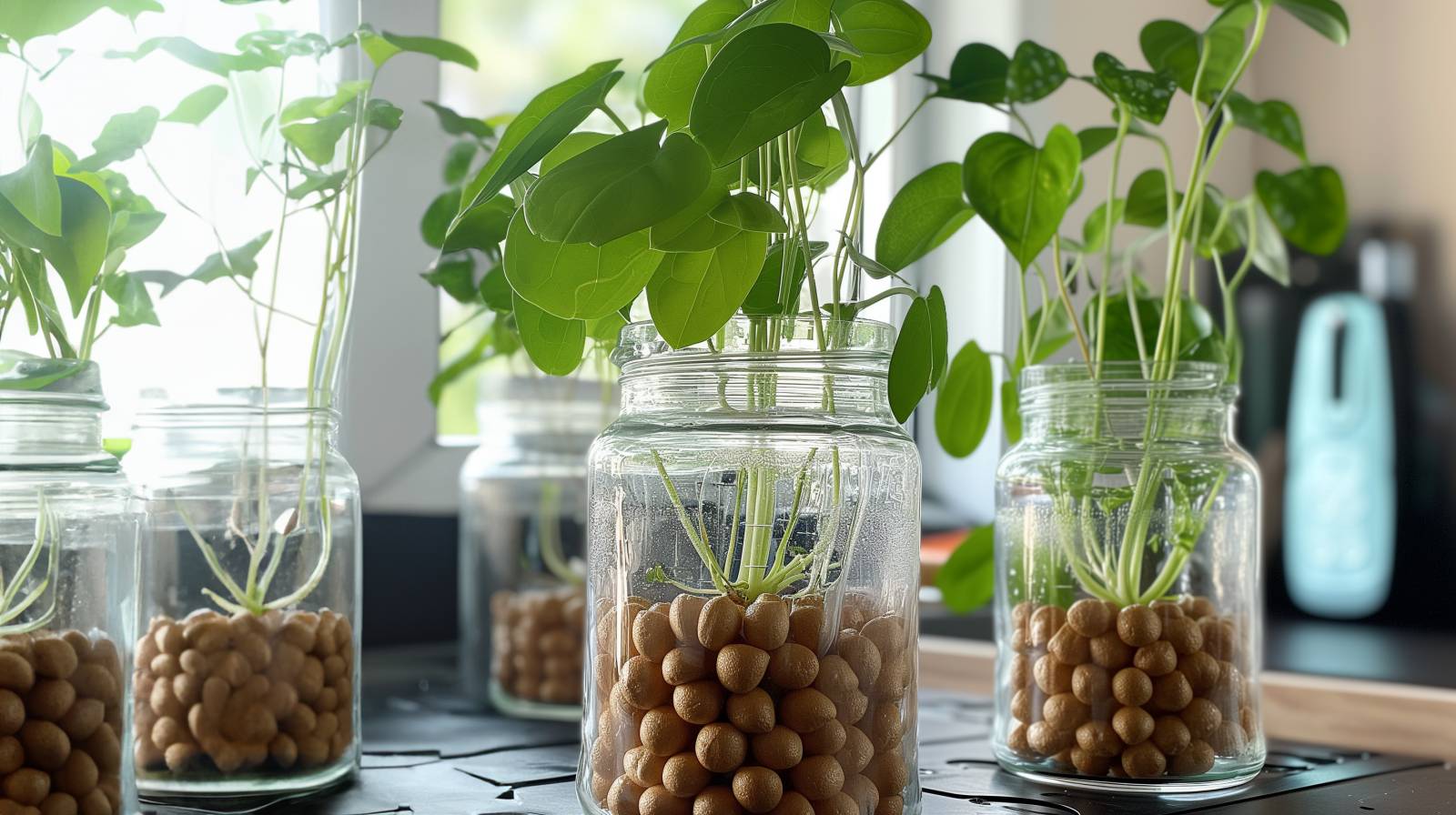Ice makers are expensive, but they make ice quickly.
Table of Contents
ToggleYour fridge should definitely have an ice maker for those impromptu summer soirées with friends enjoying ice-cold drinks.
To take advantage of this feature, you need to connect an ice maker line. Hooking up an ice maker line is easy.

Installation kits are available for those who want to install an ice maker themselves, and they aren’t as hard as you may think.
Water supply lines are now made out of flexible plastic tubing that can be easily connected to any kind of faucet.
These flexible plastic tubes are also more durable than the old bent copper tube.
Usually, the line can run from a bathroom sink line through the cabinets in the bathroom and over to the lavatory.
If running the line through the cabinets isn’t an option, then you can run it up through the floor and into the room where the fridge is.
Preparation
Before you start installing the line, you should know what tools you will use. A 3/8-inch and a tee tool connects to a standard kitchen sink shut off valve.
You can get these adapters in several sizes. To connect your water supply to the refrigerator, you need a 3-inch to add a tee adapter.
Most refrigerators with ice makers use copper tubing. Polyline is less expensive, but is prone to leaking when crimped.
Braided stainless steel is more durable and easier to find, but is harder to crimp, so do some research to help you decide on the best tubing.
Along with plastic, tubing is also available in copper, CPVC, and PEX.
Your goal when starting this process is to tap into the water supply and send it up to make ice cubes.
You’ll need different materials based on what kind of plumbing you have.
You’ll need a flexible tube that supplies water that will run from your add a tee to the fridge.
Make sure it’s strong enough to withstand the weight of the refrigerator when you remove it from the wall. Buy a supply tube made of nylon or steel.
Water valves are usually located under sinks or behind kitchen cabinets. In addition, you will need an adapter to connect the valve to the faucet supply line.
Adapter sizes range from 1/4 inch (0.6 cm) to 3/8 inch (1 cm). A smaller adapter may be required if you use a different type of faucet.
You’ll also need a bucket and cloth, as well as some pliers that are designed for this particular job or wrenches that are adjustable.
Furthermore, you’ll need an adapter and quarter inch water tubing that’s flexible and has connectors for compression.
Disconnect Water
It’s crucial you remember to shut off the water. The valve to shut off the water is located beneath the sink in most cases.
To open the valve, turn the knob clockwise as far as it will go. Then turn the valve handle, so it’s at a 90-degree angle to its pipe.
Switch on the kitchen tap and let go of the handle. Water should flow out of the pipe.
Place a towel or bucket underneath the valve to protect the floor from any water that leaks out.
Disconnect the fountain’s tube from the valve by using two pairs of pliers or wrenches, holding the valve body tight while loosening the nut on the tube.
Plan Route
You will need a place to get water from. Usually, this is a sink or a faucet. There may be pipes in the walls that supply the water.
Your refrigerator usually has a cold water line, but if it doesn’t, check the floor around the back of the fridge.
Look for pipes that run near the sink or faucet. You need to use a length of tubing that is long enough to reach across the entire width of the refrigerator.
The length of tubing should be about 3-4″ longer than the width of the refrigerator.
You may need to cut off the ends of the tubing to get the right length. Use a drill to make holes in the floor or wall.
Then feed the tubing through these holes. Leave enough tubing behind the fridge to connect it to the new cabinet.
Make The Cut

You should always have plenty of buckets and towels available to catch the water when it comes out of the pipe.
Protect your floors with plastic sheeting. Make sure you mark the pipe before you begin cutting. Use a pipe cutter to make a clean cut.
Don’t hurry the process. Open the cold water faucet and let the water run out.
After the water stops running, turn the water back on. Slowly increase the depth of the cut as you go along.
Water should run out before you start cutting the pipe. You need to know how long the pipes go into the tub/shower before you cut them.
Hold the tub/shower up against the pipe, then mark where the second cut should be.
You should use a measuring tape to make sure you get the proper length for your pipe. Use a tape measure to determine the correct length for your pipe.
Saddle Valve Replacement
A self-piercing valve is used to attach the icemaker to water pipes. The valve pierces the pipe, allowing water to flow into the icemaker.
Saddle valves are fast and easy to use, but they may leak or corrode over time. They do not meet the code in many states.
The better solution when it’s too cold to use an icemaker is to cut off the water supply, install a T fitting, and add a ball shutoff valve.
This makes installing an icemaker easier than ever before.
Cut out the old drilled saddle valve, and replace it with the new push-to-connection kit. Make sure your cutout isn’t too long or short.
Mark the drill bit for the correct depth. Slide your Service Slip Tee Adapter as close as possible to the edge of the copper pipe.
Use Disconnect Tongs to attach the adapter to the pipe.
Connect Adapter
You’ve got an ice machine now! All you need to do is plug it into a power outlet, turn it on, and let it work its magic.
If you don’t have refrigerator filters, be sure to add one, so your new ice machine doesn’t make you sick.
Filters block impurities and bacteria from entering the system. A refrigerator filter is easy to install, and most models come with them already installed.
In-line filters are quick add-ons if you need one. Run the water slowly, and check for leakages.
There should be instructions, with your fridge, but generally, run a few pitchers of the water through the dispenser or let the ice-maker fill the bin at least two times and dump the cubes to make sure you have lovely clean ice, ice baby!
Conclusion
So, that’s how to install a water line for an ice maker. Let me know when the Daiquiris are ready!









